#Henry II of France
Explore tagged Tumblr posts
Text
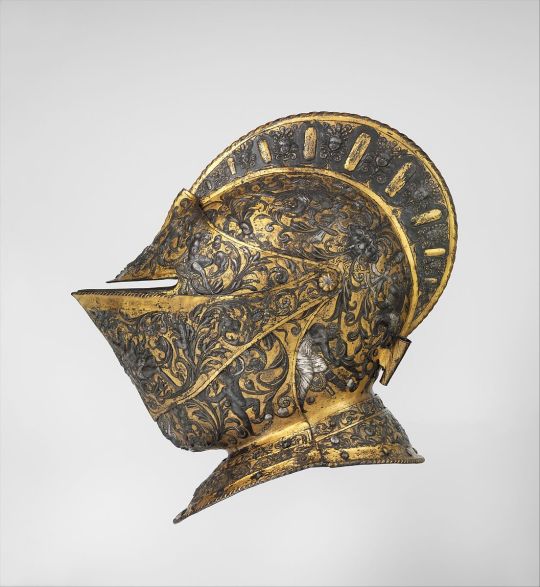
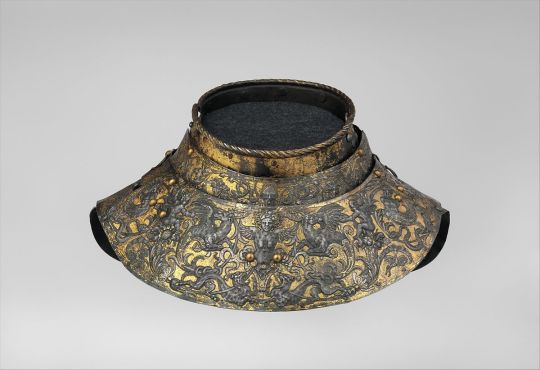
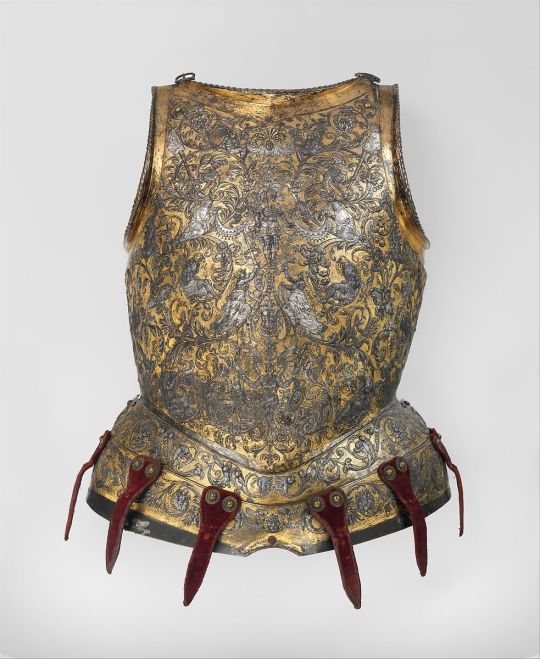
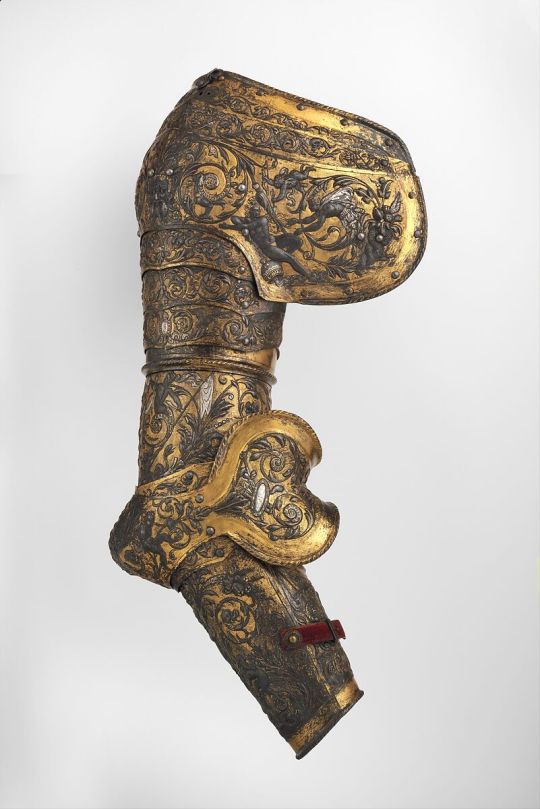
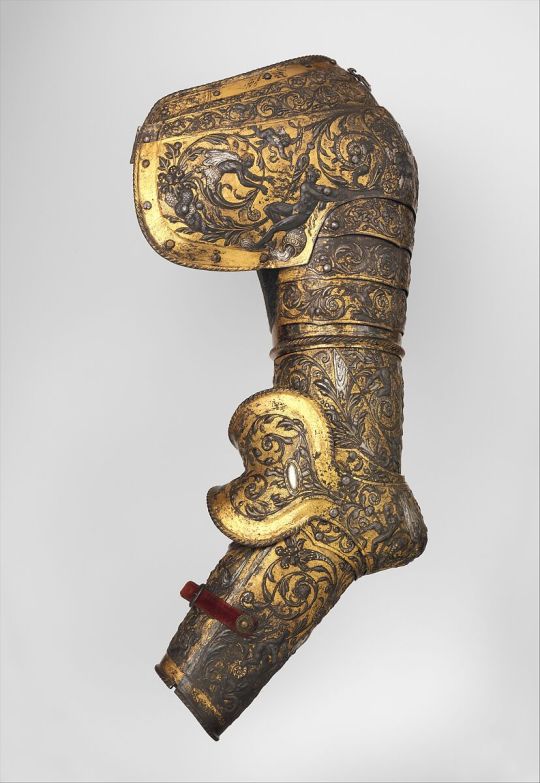

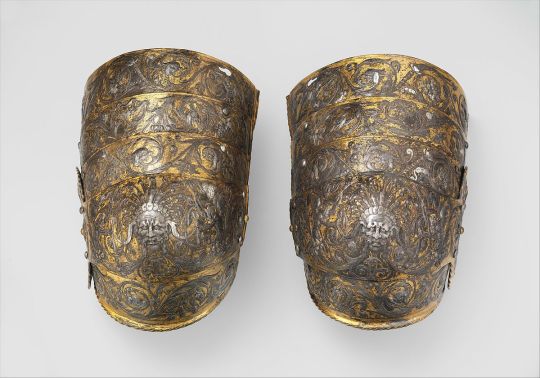

Armour of Henry II, King of France, circa 1555
From the Met Museum
#armour#1555#1550s#1500s#16th century#history#museum#henry ii#henry ii of france#henri ii#henri ii of france
333 notes
·
View notes
Text




Reign 1.14
“Dirty Laundry”
68 notes
·
View notes
Text


The Serpent Queen (2022 - 2024) | s01e05 | "The First Regency"
Requested by @thetudorslovers
#the serpent queen#henry ii of france#diane de poitiers#françois de guise#Lee Ingleby#Ludivine Sagnier#Raza Jaffrey#perioddramaedit#period dramas#weloveperioddrama#perioddramasource#gifhistorical#periodedits#userperioddrama#diversehistorical#onlyperioddramas
25 notes
·
View notes
Text


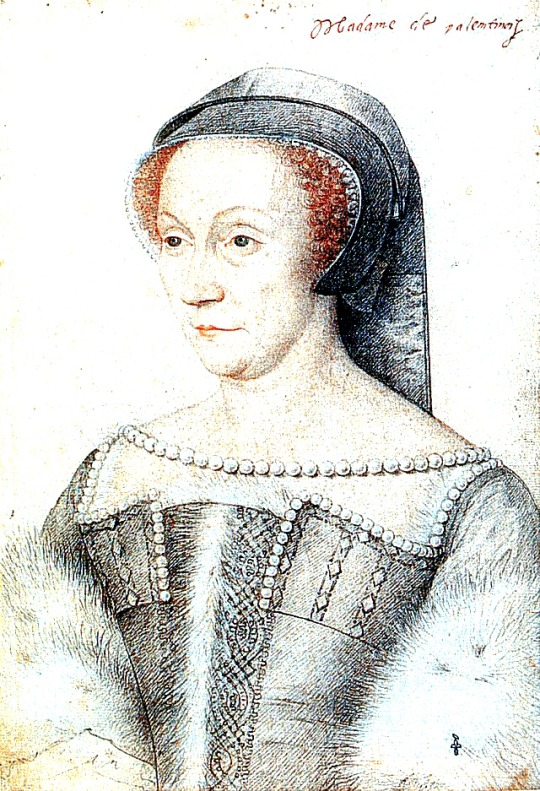

Anne de Pisseleu & Diane de Poitiers
The rivalry, and mutual animosity, which took place between the two royal favourites and their parties, embittered and disgraced the last years of Francis I‘s reign. Anne de Pisseleu, the King's mistress, sympathized with protestant doctrines and Diane de Poitiers, Dauphin Henry's mistress, was an ardent Catholic. The rivalry between Diane and Anne not only attests to their great influence at court but also reveals in dramatic fashion the ways mistresses could complicate political issues and family relations. Anne’s pronounced influence with Francis led Henry increasingly to turn against his father and to oppose his policies. Father and son were frequently and more sharply at odds during the last ten years of Francis’s reign.
The court, divided into two hostile camps, became a hotbed of intrigue, with Diane and Anne engaged in a war of calumnies and slanderous epigrams. To discredit her emerging rival, Anne launched a campaign of personal invective against Diane de Poitiers in which she emphasized her rival’s age, claiming inaccurately that Anne was born the day Diane wed. Anne was only nine years younger than Diane. Anne disparaged Diane’s looks and commissioned the poet Jean Voulté, whose verses described Diane: “her face painted with wrinkles, her false teeth, and her ruined complexion.” In retaliation, Diane attacked Anne de Pisseleu’s fidelity because it was widely known that she and Francis I had lived in an open relationship. Anne took lovers, well over a dozen, according to Diane. Henry not only vociferously defended his mistress but also became her agent in the campaign against Anne, spreading the rumor that Anne had slept with her brother-in-law Guy Chabot, the chevalier of Jarnac.
Francis I’s death laid Anne de Pisseleu open to the machinations of her enemies. She was so unpopular that the imperial ambassador Saint-Mauris believed she would have been stoned to death if she appeared in the streets of Paris alone. She was evicted from her luxurious royal apartments in a matter of days after the old King’s death, forced to return the jewels she received from Francis and despoiled of part of her lands. These were now given to Diane de Poitiers, who received the title of Duchess of Valentinois and became the most important woman at court after the new Queen, prompting a cry: “The King is dead, long live the new mistress” in recognition of Diane displacing Anne de Pisseleu in the office of the titular royal mistress. Anne was allowed to retire in obscurity to one of her châteaux, where she spent her last years in contemplation and occasional acts of charity.
Sources:
Sylvia Barbara Soberton, Golden Age Ladies: Women Who Shaped the Courts of Henry VIII and Francis I
Kathleen Wellman, Queens and Mistresses of Renaissance France
#women in history#diane de poitiers#anne de pisseleu#francis i of france#henry ii of france#french history
22 notes
·
View notes
Text
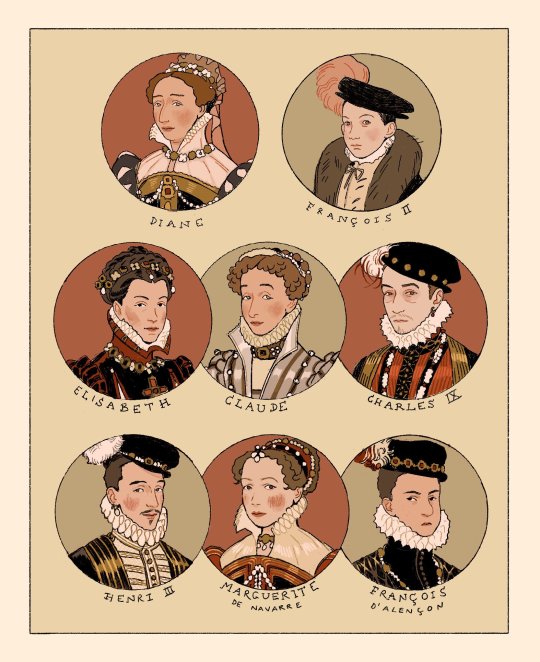
Last of their name
#house of valois#french history#charles ix#henri iii#françois d'alençon#marguerite de navarre#claude de france#elisabeth de france#diane de france#françois II#la reine margot#my art
2K notes
·
View notes
Text

All the blossoms in my garden 🪴
An Angevin-Plantagenets family tree I made for my medieval art collection zine, “If All The World Were Mine!” The physical edition is now available, so check it out if you can :D
#the plantagenets#plantagenets#medieval#12th century#geoffrey of anjou#geoffrey plantagenet#Matilda of england#matilda lady of the english#henry ii of england#eleanor of aquitaine#henry the young king#matilda duchess of saxony#richard the lionheart#geoffrey duke of brittany#eleanor of castile#joanna of sicily#john lackland#john i of england#richard i of england#louis vii of france#philip ii of france#philip augustus#whew thats a lotta names#melusine#my art#family tree
78 notes
·
View notes
Text

I made another one :D
Ignore Liszt, he's just being his usual self.
I got bored again so why not make another one :3
#history fanart#history#history fandom#composer#composer fanart#classical composer#classical composer fanart#beethoven#mozart#francis i of france#henry viii#robespierre#caravaggio#voltaire#frederick the great#vivaldi#chopin#franz liszt#charles ii#marie antoinette#napoleon#tchaikovsky#george washington#Joan of arc
135 notes
·
View notes
Text

Reign 2013-17
Toby Finn Regbo as Francis Valois
#francis de valois#toby regbo#reign#multicolor#happy birthday#king of france#xvi century#france#renaissance#house of valois#house of medici#catherine de medici#henry valois angouleme#king henry ii#beautiful#january 19th
9 notes
·
View notes
Text





#paper dolls#historical people#RICHELIEU#louis xiii#Louis xv#leonardo da vinci#Henry II#king of France
22 notes
·
View notes
Text

Women on the World Stage — the Ladies’ Peace
For week one of Women's History Month, I'd like to (belatedly) share with you the historic event of the Treaty of Cambrai (1529), otherwise known as the Ladies' Peace.
Margaret of Austria had been largely raised in France (from the age of three to thirteen), as the fianceé of the French King, and knew Louise of Savoy from these early years, both having been reared by the Princess Anne de Beaujeu, who served as the regent of France for her brother (Margaret's betrothed). But the French union was not to be and, instead, Margaret later (after being widowed by the heir to the Spanish throne) married Louise's brother, the Duke of Savoy. The marriage wouldn't last long, as he'd pass away a few years later, and a childless Margaret returned to her father, who later named her the Governor of the Habsburg Netherlands.
Louise was no more lucky in love, married to a man who was poor in funds but rich in ancestry (being the grandson of a French King) and in mistresses, of which he had two. But she did have issue, a son and a daughter, Marguerite. Her son would later become King of France as Francis I (in 1515) and her daughter the Queen Consort of Navarre (in 1526). Louise was a great supporter of her son, since his birth, and became his most trusted advisor after his accession, he left her (not his wife or any of his ministers) as Regent of France in his absence. This is where learning under Anne de Beaujeu (the regent of a previous French King) must have paid off.
Francis and his mother essentially ruled together from his accession in 1515 until her death in 1531. […] Louise of Savoy was an exemplary guardian of Francis’s interests, assessing every situation for its possible impact on his future. […] Unlike a mistress or a wife who conformed to her royal consort’s context, Louise, as Francis’s mother, shaped a future king and set the stage for his reign. […] When Francis became king, he turned to Louise for advice and assistance and relied on her to govern in his stead during his absences, certain that his own interests would be cultivated assiduously. Contemporary chroniclers acknowledged Louise’s fundamental influence over the young king, and artists portrayed her solicitous care for the kingdom and her son . Louise’s biographer, Paule Henry-Bordeaux, insists that she merited the title of “king” and recognition as one of the greatest “men of state” France has ever known. […] Louise functioned as Francis’s full political partner from the beginning of his reign. […] “She advised, she oriented, she proposed, and Francis’s choices were often hers.” […] Francis both proclaimed Louise’s qualifications and explicitly empowered her to act with his full authority [as shown in the next quote].
— Kathleen Wellman, Queens and Mistresses of Renaissance France (nonfiction historical biography; chapter three: THE WOMEN OF THE COURT OF FRANCIS I — Wives and Mistresses, Sister and Mother)
Francis was, on his father's side, the grandson of a Milanese princess of the duchy’s previous ruling house and thus had a claim to said duchy, which was a fief of the Holy Roman Empire (ruled by Charles V, Margaret of Austria's nephew). He pressed this claim almost immedietly upon his ascension, capturing Milan. During this time, Louise served as regent and she must have done well, as—upon his return—Francis left her to do most of the ruling for him, as he much preffered hunting and entertaining ladies of the court (even though he was fathering children with his wife at a pace of almost one per year).
“We have decided to leave the government of our realm to our well beloved and dear Lady and Mother … in whom we have entire and perfect confidence, who will, by her virtue and prudence, know how to acquit this trust.”
— Francis I appointing his mother as regent in 1515 while he went to claim Milan
Charles V wasn't content to let France keep Milan and so he recaptured it in 1522, giving it back to the ruling family Francis had taken it from. Francis went to take it again in 1523 (once again leaving his mother as regent) but this campaign would prove infinitely less successful, not only was Francis himself captured but many of his noblemen lost their lives (and many still would from injuries sustained and/or the poor conditions they experienced in captivity). The Battle of Pavia (1525) proved almost as fatal to the French nobility as the Battle of Agincourt (1415) had, during the Hundred Years' War. This was not just a political loss to Francis but a personal one as some of his childhood companions counted amongst the deceased.
Although Francis fought valiantly, he was crushingly defeated. The French army was completely routed; the nobility suffered its greatest loss of life since Agincourt (1415); and Francis was captured and held for ransom.
It is, of course, easier to second-guess any battle after the fact, but Francis’s charge without sufficient backup seems rather strikingly ill-advised and perhaps reflects his impetuousness or youthful sense of inviolability, fueled by his success at Marignano and chivalric notion of kingship. Many of the closest friends of his youth died in the battle, and in its aftermath he himself had to endure the humiliation and rigors of imprisonment.
— Kathleen Wellman, Queens and Mistresses of Renaissance France (nonfiction historical biography; chapter three: THE WOMEN OF THE COURT OF FRANCIS I — Wives and Mistresses, Sister and Mother)
“To inform you of how the rest of my ill-fortune is proceeding, all is lost to me save honor and life, which is safe.”
— Francis I, writing to his mother Louise of Savoy after his capture
Neither Francis nor Louise was willing to cede French territory. Francis signed documents indicating that he would abdicate in favor of his son rather than give up Burgundy. He also refused to negotiate as a prisoner and turned authority over to Louise. […] Even from prison, Francis supported Louise as much as he could. He wrote to the nobility of France, praising their obedience to Louise as proof they were “good Frenchmen.”
— Kathleen Wellman, Queens and Mistresses of Renaissance France (nonfiction historical biography; chapter three: THE WOMEN OF THE COURT OF FRANCIS I — Wives and Mistresses, Sister and Mother)
Louise tried to pay for her son's release but the Spanish wanted more than gold (even though Charles V was perpetually in debt). An imprisoned Francis became gravelly ill and Louise, still acting as regent, sent her daughter Marguerite to nurse him back to health, which she slowly managed to do. But Francis was still not in the best of health and Louise feared for his life, she needed to secure his release as soon as possible.
Charles V was the first monarch in history who did not care about his notable captive’s royal status, mostly due to the hatred that simmered between these rulers throughout their lives like a cauldron of always bubbling tensions. […] It seems that Marguerite [Francis’ sister] persuaded the emperor to move François to more comfortable building and rooms and even meet face-to-face. However, when Charles appeared in front of François, they had a seemingly friendly conversation, and the emperor encouraged his foe not to be in despair and, according to some sources, promised to ensure his release in the near future.
Whether it happened or not in reality, Charles V seems to have reneged on his word. Although François was now treated better, he remained the prisoner in Spain for over a year. These were the most unfortunate moments in the Valois ruler’s life when he was close even to abdication. […] It is quite interesting that King Henri II of Navarre [Marguerite’s future husband], who had fought alongside François at Pavia and who had been jailed in Madrid as well, managed to run away.
— Olivia Longueville, ‘the Peace of the Ladies’, and the misfortunes of King François I of France (history blog)
The treaty Francis was forced to sign would be nothing sort of extortion: to give up numerous French territories, marry Charles' sister, reinstate one of Francis' nemeses (for which he'd have to take back territories and titles he'd given his mother), give up his claims to the Italian territories (including Millan), have his navy protect Charles on his way to an imperial coronation in Rome, and join Charles in an alliance against the encroaching threat of the Ottoman Sultan and the Catholic problem that was the German Lutherans (the Holy Roman Empire basically equaled Germany and Charles was the Catholic grandson of the Most Catholic Monarchs, though that wouldn't stop him from sacking Rome, the crown jewel of the Christian world, in 1525).
Francis signed (and probably sighed as he did). He gave up his two eldest sons as hostage (to ensure he kept his word, was released back into the world... and promptly retracted everything he said. "A deal under duress is not one I attest!" He didn't say that, I just like rhyming. Anyway, the little French princes went from being treated as royal guests to being confined to a single room, having their servants dismissed, and having to learn Spanish to communicate with their jailers (through which they forgot French as no one was there to speak it but them). More warring ensued (1526–1529).
Meanwhile, the French princes, who had been previously growing up in a loving environment, languished in some Spanish shabby place, slowly being deprived of even basic comforts and surrounded by soldiers who did not speak their native tongue and were indifferent to their sufferings. This is a horrendous example of how the emperor treated innocent royal children.
— Olivia Longueville, ‘the Peace of the Ladies’, and the misfortunes of King François I of France
Even after Francis’s return, Louise retained the title and functions of regent: She remained at the center of French diplomacy; foreign ambassadors continued to consult with her; and Francis decreed that Louise would remain regent until her death.
— Kathleen Wellman, Queens and Mistresses of Renaissance France (nonfiction historical biography; chapter three: THE WOMEN OF THE COURT OF FRANCIS I — Wives and Mistresses, Sister and Mother)
A desperate Louise started working behind the scenes for her grandbabies, who had been taken away at eight and seven and were now eleven and ten. She started sending secret correspondence to her sister-in-law, Margaret of Austria (if you remember, she’s Charles V's aunt). Both women greatly wanted peace and they managed to achieve it. Francis actively sought peace (after his defeat in 1529) and so negotiations were opened in Cambrai, with Louise representing her son and France and Margaret representing her nephew, Spain, the Holy Roman Empire, etcetera. This conference would have the treaty be known as the Ladies' Peace. This treaty was similar to the previous one: some French territories were given up, Francis would marry Charles' sister, and he'd pay a king's ransom for the release of his sons.
The two women [Louise of Savoy and Margaret of Austria] also found ways to speak to each other under the diplomatic radar; even the well-connected Italian ambassadors were unaware of their activities.
— Kathleen Wellman, Queens and Mistresses of Renaissance France (nonfiction historical biography; chapter three: THE WOMEN OF THE COURT OF FRANCIS I — Wives and Mistresses, Sister and Mother)
Louise, given permission by Margaret, then sent a representative to inform the boys of their imminent release, only to find that they hadn't been as well-treated as she'd expected. In fact, they had no servants or companions, received no education of toys, and shared only one dark and damp room. Their only reprieve from life in prison was a single lap dog. This is when Louise found out that her grandsons no longer knew how to speak French, that they'd had to learn Spanish just to communicate. Louise wept. Margret had assured her former sister-in-law of her nephew's kindness (even though he kept his mother locked up in a convent) and firmly believed that the little princes had not been mistreated. She was appalled when Louise informed her of their true circumstance. Writing to her nephew, she demanded the better treatment for the children and appealed to his better nature by having the new father (his first child having been born in 1527) think of his own.
Their attendants were returned to them but their situation didn't change much. But Louise's efforts to raise their ransom had been invigorated by her grandsons' plight and it was finally raised in March of 1530 and they were released in July. The boys had been prisoners since February of 1526. Francis promised to marry Charles' sister and said princess, Eleanor of Austria, was to travel with her future stepsons to France. Louise, unable to go and retrieve them due to ill health (she’d pass away the following year), sent a retinue of noblewoman to accompany them.
Preparing for Cambrai, Louise de Savoy wrote to Margaret’s envoy: “We must necessarily contend and argue, but I sincerely hope it will be without anger or ill-will.”
[…] The whole of Europe was watching. […] As the event neared, foreign ambassadors wrote letters to their masters, expressing their opinions that this meeting would probably accomplish nothing, much because of the enmity between France and Spain. Margaret was warned by her many councilors that King François could take her hostage after what he had endured in Spain during his imprisonment, but Margaret refused to listen, claiming that she would go. Louise promised to bring to Cambrai her chancellor, the women of her chamber, but no French nobility. There was a strict prohibition from carrying arms.
The two women met in Cambrai is July and negotiated for about 3 weeks. Margaret of Austria arrived before the other woman in a splendid litter surrounded by 24 archers. Two hours later, Louise appeared in a sumptuous litter, accompanied by her daughter [Marguerite, Queen Consort of Navarre], her chaplain, her painter, and choristers. [choir singers] At the beginning of August, Margaret and Louise attended Vespers together, and on the 5th of the same month, they celebrated a public mass in Cambrai Cathedral. The treaty was signed, and just as it was anticipated, the terms were beneficial for the emperor, so François was later angry, but he had to accept them in order to ensure the release of his two sons from captivity.
Therefore, Madame Louise and Savoy and Archduchess Margaret of Austria proved that women could not only survive in a man-dominated world, but also rise to prominence if they were allowed to by their male relatives, which was a necessary condition […] The Treaty of Cambrai is a rare example of a treaty negotiated by two intelligent and astute women, which allows us to understand how women could deploy intellectual and peace-making strategies in their provision of counsel back then. […] It was perhaps the greatest triumph for Louise, and a remarkable experience for Margaret.
— Olivia Longueville, ‘the Peace of the Ladies’, and the misfortunes of King François I of France
Upon their arrival, Francis embraced and kissed his boys happily and he married Eleanor two days later. The princes were welcomed back ecstatically by the people on the road to Paris and the boys would re-learn French but never truly recover from the ordeal, with Francis' youngest son (the only one who hadn't been taken captive) proving his favourite.
An overjoyed François embraced and kissed both of his boys, who were somber and found it rather difficult to speak French. It would take them some time to adapt to their former good life in France – the princes were scarred for life by their horrible experience in Spain.
— Olivia Longueville, ‘the Peace of the Ladies’, and the misfortunes of King François I of France
The younger of the two prisoner princes, Henri, would be the gloomier of the two and so his father entrusted the boy to the decades older Diane de Poitiers, a lively widow who had also been raised in Anne de Beaujeu’s household. Francis thought the sophisticated and cultured women might brighten him up, which she did, and the two already knew each other. Diane had sent a seven-year-old Henri off to Spain (in 1526) with a kiss when she was twenty-six and had counted among the noblewomen that went to Spain retrieve him (in 1530). The two would later embark on a passionate love affair, with Diane remaining as the foremost woman in his life until his death in 1559. It’s unsure when their relationship took on a sexual nature, perhaps around the time of his marriage to Catherine de’ Medici in 1533 or his instalment as Dauphin in 1536, but, by the time he became King in 1547, Diane had son intrenched herself in his heart (as the love of his life) that no one, not even his wife, could dig her out.
The other captive prince, Dauphin Francis, would strike up a genuine friendship with their stepmother Queen Eleanor, who wished to marry him to her daughter, a wealthy Portuguese princess, but the Dauphin would pass away before the match could be made. And with him, Eleanor lost the last of her great supporters.
The marriage between Eleanor and Francis had not be a happy one. By the time she arrived in France, Francis had become enamoured with a much younger, prettier, and wittier noblewoman named Anne de Pisseleu d'Heilly. And Eleanor, who was a romantic and had been taken in by Francis' chivalric promises of love, was absolutely heartbroken. They'd have no children and she'd largely fade into the shadows cast by Francis' favourite mistress (who took his mother's role as his chief advisor after Louise's passing in 1531 and the traditional queenly roles along with it). Eleanor would lose her greatest allies, her mother-in-law in 1531 and her stepson Francis in 1536, as Anne rose and rose in preeminence. Francis I's own death in 1547 had Eleanor’s role in France coming to an end, she left France for the Netherlands the following year.
The king’s first reaction to Eleanor is unknown, but given his courteous manners, François must have greeted her gallantly, masking his antipathy towards the woman, who later became his second wife and for whom he never found it in his heart to treat her with affection during their long marriage. Quite understandable feelings on his part, right?
However, the peace between François I and Charles V could not last for long. Not after the captivity of the French ruler in Spain. Not after the almost four-year imprisonment of his two sons in bad conditions. Not after François was forced into marriage to Eleanor. She paid a high price for the enmity of her brother and her husband with the miserable years she spent in France neglected, with her only daughter from her marriage to King Manuel I of Portugal – Maria, Duchess of Viseu – estranged from her in Portugal. The Italian wars soon resumed, and the French troops occupied Savoy and Piedmont in 1536, already after Louise’s death, but Lady Luck did not smile upon François – his dream to reclaim the Duchy of Milan did not materialize.
— Olivia Longueville, ‘the Peace of the Ladies’, and the misfortunes of King François I of France
Sources:
Kathleen Wellman, Queens and Mistresses of Renaissance France (nonfiction historical biography; chapter three: THE WOMEN OF THE COURT OF FRANCIS I — Wives and Mistresses, Sister and Mother)
Olivia Longueville, ‘the Peace of the Ladies’, and the misfortunes of King François I of France (post on a history blog, no sources listed)
The Freelance History Writer, King François I of France’s Sons are Held Hostage by the Holy Roman Emperor Charles V (post on a history blog, sources listed)
And my memory lol
#women’s history month#women on the world stage#the treaty of cambrai#margaret of austria#louise of savoy#french history#spanish history#german history#king of france#queen of france#king of spain#holy roman emperor#european history#women in history#history blog#eleanor of austria#diane de poitiers#anne de pisseleu d'heilly#royal women#royal mistress#henri II#francis i#charles v#anne de beaujeu#anne de france#anne of france#16th century#madam herstory#the ladies’ peace
6 notes
·
View notes
Text

Henry II of France (1519-1559).
#royaume de france#maison de valois#henri ii#roi de france#vive le roi#duc de bretagne#duc d'orléans#henry ii#king of france#kingdom of france#house of valois#equestrian portrait#in armour
16 notes
·
View notes
Text
Blessed king of England. King of England and France. My dear Lancaster.

#henry vi of england seu henry ii of england and france#wish he was here#wish he was my friend#henry vi#english history
8 notes
·
View notes
Text
the way Margaret of France is such an enigma across historical records but the one thing we do know for sure about her is that she had ZERO respect for her father-in-law <3
12 notes
·
View notes
Text

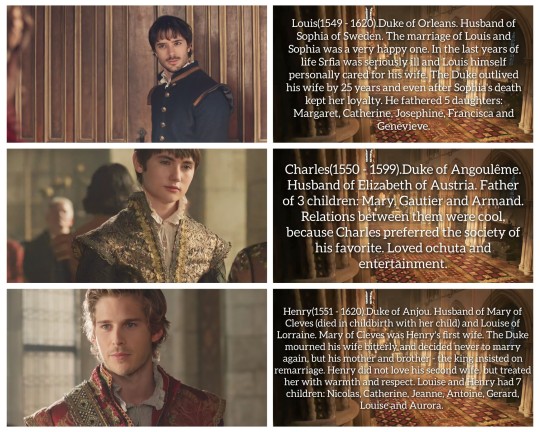
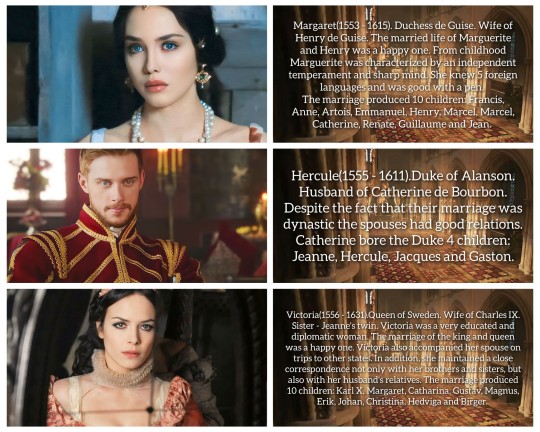
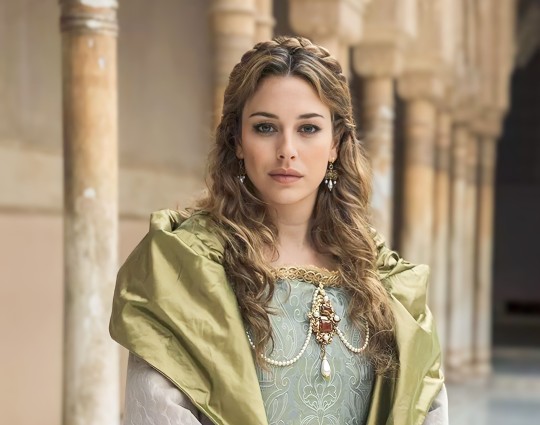

AU: Children Henry II and Catherine de Medici.
Франциск II(1544 - 1595).Король Франции. Муж Марии Стюарт. Первенец Генриха II и Екатерины Медичи. Имел слабый имуннитет. Внутренняя и внешняя политика Франциска II была не удачной из-за того, что на него оказывали огромное влияние властные мать и жена. Отец 6 детей: Екатерина, Людовик XIII, Тьерри, Жером, Мария, Бастьен.
Елизавета(1545 - 1610).Королева Англии. Жена Эдуарда VI. Брак короля и королевы был счастливым. Елизавета была доверенным лицом для своего мужа, с которым он обсуждал многие проблемы, включая важные политические вопросы. Елизавета пережила Эдуарда на 10 лет и до конца своих дней носила по нём траур. От Эдуарда у Елизаветы было 7 детей: Эдуард VII, Джейн, Елизавета, Генрих IX, Екатерина, Чарльз и Мария.
Клод(1547 - 1575).Герцогиня Лотарингская. Жена Карла III. Их брак был заключён как символически мирный союз между Францией и Лотарингией. Но не смотря на это, отношения между супругами были счастливые. В браке родилось 9 детей: Генрих II, Кристина, Карл, Антуанетта, Анна, Франсуа II, Екатерина, Елизавета и Клод.
Людовик(1549 - 1620).Герцог Орлеанский. Муж Софии Шведской. Брак Людовика и Софии был очень счастливым. В последние годы жизни София тяжело болела и Людовик сам лично ухаживал за своей женой. Герцог пережил супругу на 25 лет и даже после смерти Софии хранил ей верность. Отец 5 дочерей: Маргарита, Екатерина, Жозефина, Франциска и Женевьева.
Шарль(1550 - 1599).Герцог Ангулемский. Муж Елизаветы Австрийской. Отец 3 детей: Мария, Готье и Арман. Отношения между ними были прохладные, потому что Шарль предпочитал общество своей фаворитки. Любил охуту и развлечения.
Генрих(1551 - 1620).Герцог Анжуйский. Муж Марии Клевской(умерла при родах вместе с ребёнком) и Луизы Лотарингской. Мария Клевская была первой женой Генриха. Герцог горько оплакивал свою супругу и решил больше никогда не жениться, но мать и брат - король настояли на повторном браке. Вторую жену Генрих не любил, но относился к ней с теплотой и уважением. У Луизы и Генриха родилось 7 детей: Николя, Екатерина, Жанна, Антуан, Жерар, Луиза и Аврора.
Маргарита(1553 - 1615).Герцогиня де Гиз. Жена Генриха де Гиза. Супружеская жизнь Маргариты и Генриха была счастливой. С детства Маргарита отличалась независимым нравом и острым умом. Знала 5 иностранных языков и хорошо владела пером. В браке родилось 10 детей: Франсуа, Анна, Артуа, Эммануэль, Генрих, Марсель, Екатерина, Рената, Гийом и Жан.
Эркюль(1555 - 1611).Герцог Алансонский. Муж Екатерины де Бурбон. Несмотря на то, что их брак был династическим у супругов сложились хорошие отношения. Екатерина родила герцогу 4 детей: Жанна, Эркюль, Жак и Гастон.
Виктория(1556 - 1631).Королева Швеции. Жена Карла IX. Сестра - близнец Жанны. Виктория была очень образованной и дипломатичной женщиной. Брак короля и королевы был счастливым. Также Виктория сопровождала своего супруга в поездках в другие государства. Помимо этого, она вела тесную переписку не только со своими братьями и сёстрами, но и с родственниками мужа. В браке родилось 10 детей: Карл X, Маргарита, Катарина, Густав, Магнус, Эрик, Юхан, Кристина, Хедвига и Биргер.
Жанна(1556 - 1588).Королева Португалии. Жена Себастьяна I. Жанну описывали как нежную женщину, которая заслужила уважение своего мужа и португальского двора. Королева активно занималась благотворительностью: помогала сиротам и вдовам, а также позволяла беднякам получить медицинскую помощь. Умерла от продолжительной болезни. В семье Жанны и Себастьяна родилось 8 детей: Мануэль II, Хуана, Мигель, Карлуш, Афонсу, Тереза, Педру и Марианна.
#history#history au#royal family#royalty#au#royal#henryviii#16th century#reign#the tudors#edward vi#history of france#france#french royals#french kings#queen margot#toby regbo#adelaide kane#catherine de medici#henry ii#french royalty#francis ii#mary stuart#paris#17th century#british royal family#the serpent queen#mary queen of scots
19 notes
·
View notes
Text

Late 1180s era if they had phones
based on that flori passage that’s like “Henry tried to woo Richard back with sweet words and promises” Well how did THAT work out (it did for a time though)
#richphil#henry ii of england#richard i of england#richard the lionheart#philip augustus#philip ii of france#yeah thats right. Tagging everyones full christian names for this shitpost#1187-1189#text in image description for this bc the text is tiny augh#my art#shitposts
26 notes
·
View notes
Text
The accession of Henry IV thus constituted a wholesale rejection of the Ricardian culture of youth: after 1400, Ricardian magnificence and theatricality appeared as a childish game of dress-up. Most importantly for our purposes, however, the Ricardian culture of youth was not sui generis, but a copy of the “milieu jeune” of the French court, of which Isabelle’s father, the young Charles VI, was the centre. As a girl-Queen, therefore, Isabelle reflected back upon her husband the French-inflected mythos of Richard II as boy-King, enfant terrible.
Deanne Williams, "Isabelle de France: Child Bride", Shakespeare and the Performance of Girlhood (Palgrave 2014)
#isabelle of valois#isabelle de valois#charles vi of france#richard ii#henry iv#the deposition of richard ii#historian: deanne williams
7 notes
·
View notes